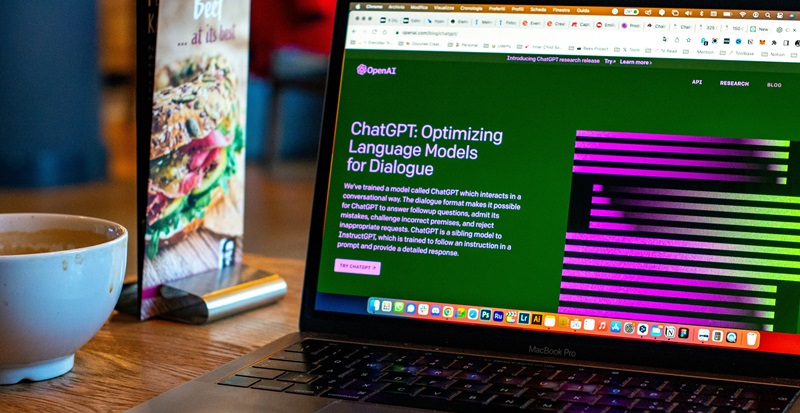OpenAI, the renowned artificial intelligence research laboratory, has made a significant announcement by releasing its voice feature for ChatGPT to all users, completely free of charge. This move aims to enhance the accessibility and convenience of OpenAI’s AI platform, making it easier for users to engage in conversations with ChatGPT using their voice. The introduction of this feature builds upon OpenAI’s initial release in September, which allowed users to prompt ChatGPT using both voice and images.
Engaging in Conversations with ChatGPT
With the newly introduced voice feature, users can now simply tap the headphones icon in the mobile app to interact with ChatGPT using their voice. This enables a more seamless and natural way of conversing with the AI, making it even easier for users to utilize ChatGPT’s capabilities.
The Evolution of ChatGPT
OpenAI’s continued development of ChatGPT demonstrates its commitment to improving and expanding the functionality of its AI platform. The introduction of the voice feature marks a significant milestone in OpenAI’s efforts to enhance user experience and make its AI more accessible to a wider range of individuals.
The Departure of OpenAI’s CEO
Amidst the announcement of the availability of the voice feature, OpenAI has been experiencing internal leadership changes. Recently, the CEO of OpenAI, Sam Altman, abruptly departed from the company. This unexpected departure triggered negotiations for Altman’s potential return, adding a layer of complexity to OpenAI’s evolving organizational structure. The company is currently navigating these leadership transitions and focusing on resolving communication challenges.
A Humorous Demo Conversation
In a light-hearted demonstration, OpenAI showcased the voice feature’s capabilities by sharing a demo conversation between a user and ChatGPT. The playful exchange revolved around someone humorously asking ChatGPT how many 16-inch pizzas should be ordered for 778 people after a long night. This demonstration not only exhibited the practicality of ChatGPT but also added a touch of humor to the announcement.
OpenAI’s Board Dismisses Co-founder and CEO
Further complicating OpenAI’s current situation, the company’s board made the decision to dismiss co-founder and CEO Sam Altman. The dismissal stemmed from communication issues within the organization and resulted in a significant change in the company’s leadership structure. Altman and his team were subsequently invited by Microsoft CEO Satya Nadella to join the tech giant and form a new division. This unexpected turn of events adds uncertainty to OpenAI’s future leadership.
Potential return of Altman and Brockman
Despite Altman’s dismissal and the subsequent invitation from Microsoft, there remains a possibility of Altman returning to OpenAI. In addition, former OpenAI president Greg Brockman has expressed his openness to rejoin the organization. These potential returns, if they were to materialize, could significantly impact the future direction of OpenAI and contribute to stabilizing the leadership situation.
Expanding the Capabilities of ChatGPT
OpenAI’s launch of the free voice feature illustrates their ongoing commitment to advancing ChatGPT’s capabilities and ensuring its accessibility to a broader user base. By expanding the functionality of ChatGPT, OpenAI aims to make the platform more inclusive and convenient for individuals who prefer voice interactions.
OpenAI’s announcement of the free voice feature for ChatGPT is a significant step forward in enhancing accessibility and convenience for users. OpenAI continues to innovate, expanding the capabilities of ChatGPT while navigating the challenges posed by internal leadership transitions. Despite the departure of their CEO and the uncertainty surrounding the company’s future, OpenAI remains dedicated to improving their AI platform and continuing to make advancements in the field of artificial intelligence.

